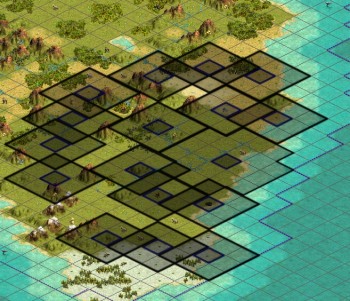BabyloniusIII
Chieftain
- Joined
- Jun 11, 2009
- Messages
- 3
Greetings!
I've been lurking around this forum for some time now. But it's only been recently (since I installed Civ3 on my new computer back in June) that I've really started to become interested in how to actually play the game effectively. This forum has been a tremendous help!
Obviously, according to my username, I've really enjoy playing as the Babylonians. But, lately, I've been tinkering around with other civs just to see if I can get a feel for playing with different traits - which has been a lot of fun.
Anyway, I'm always willing to soak up information. So, folks, I would greatly appreciate it if someone could analyze a SAV file for me (in PTW - just before a declared Domination victory) and let me know what I've done right/wrong and what I could've done differently.
Thanks,
B.
I've been lurking around this forum for some time now. But it's only been recently (since I installed Civ3 on my new computer back in June) that I've really started to become interested in how to actually play the game effectively. This forum has been a tremendous help!
Obviously, according to my username, I've really enjoy playing as the Babylonians. But, lately, I've been tinkering around with other civs just to see if I can get a feel for playing with different traits - which has been a lot of fun.
Anyway, I'm always willing to soak up information. So, folks, I would greatly appreciate it if someone could analyze a SAV file for me (in PTW - just before a declared Domination victory) and let me know what I've done right/wrong and what I could've done differently.
Thanks,
B.





